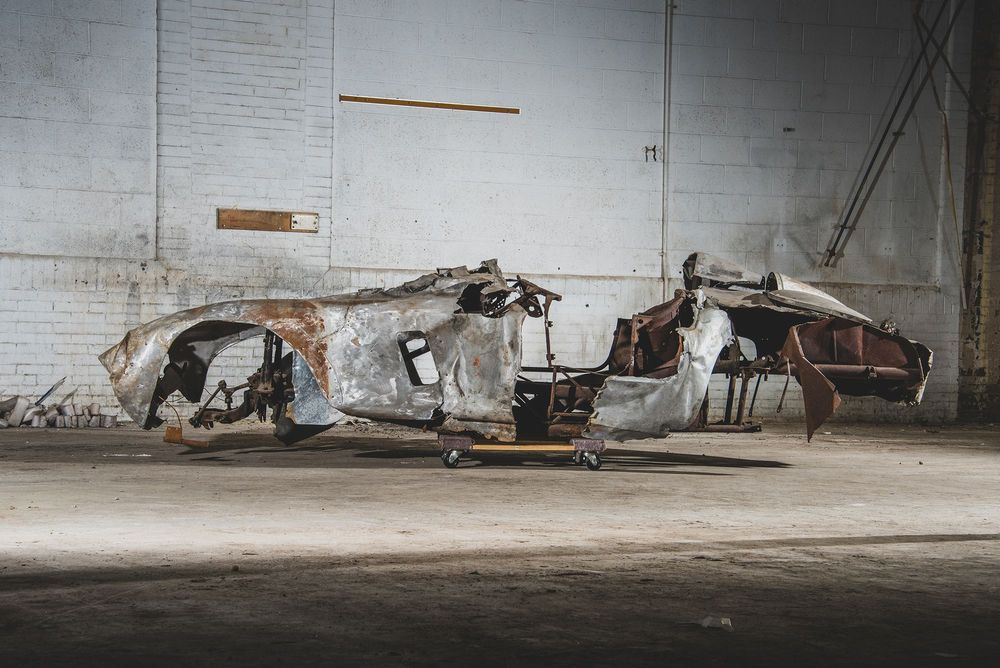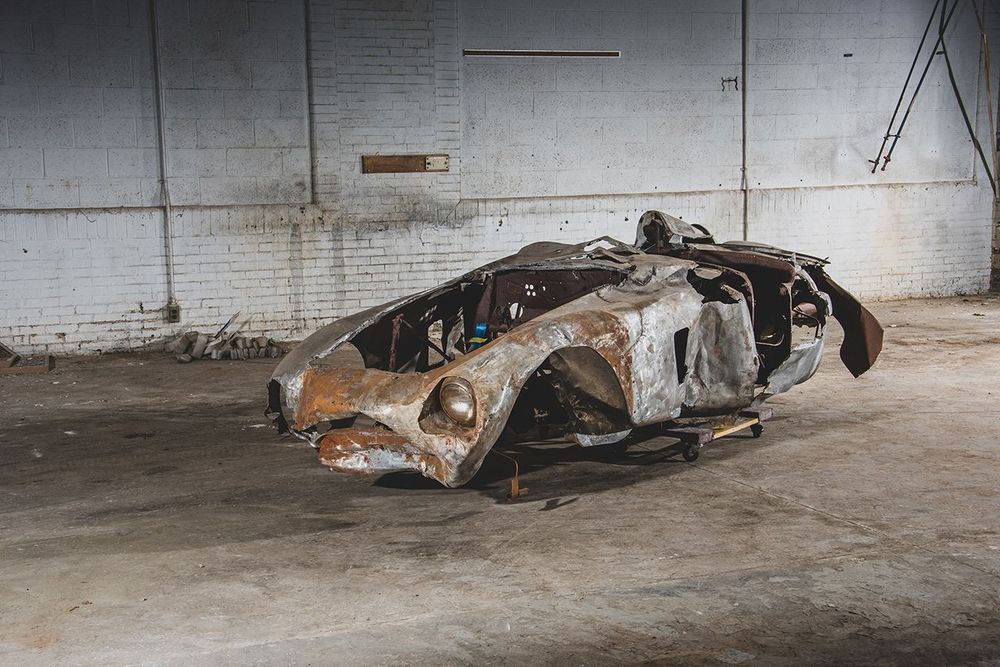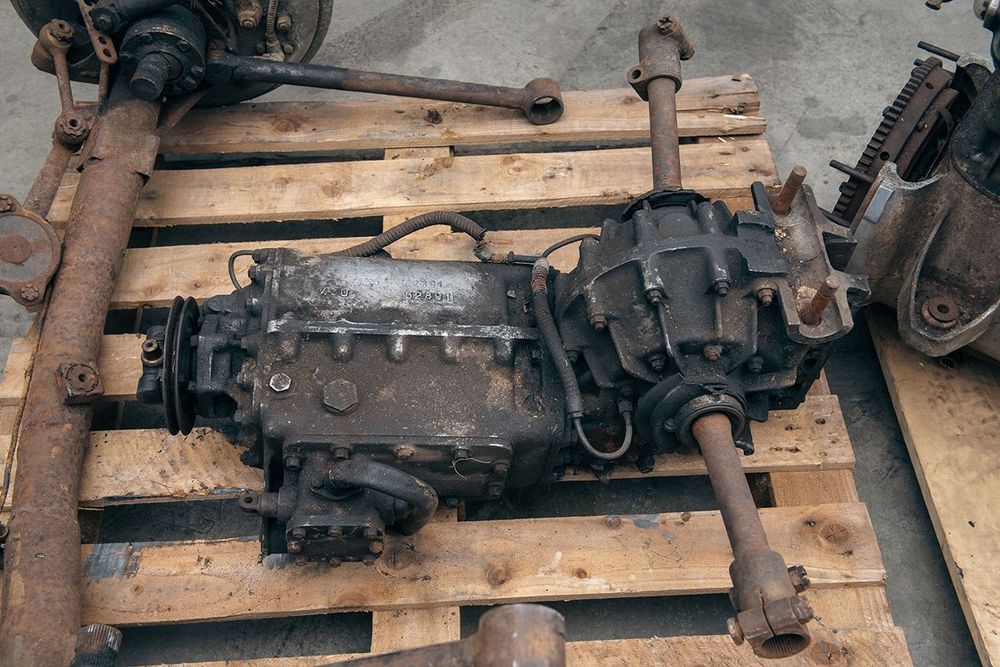The 1.8 million Ferrari and the 50-year-old broom
In 2022, the world record for the sale price of a car was set: the Mercedes-Benz 300 SLR “Uhlenault”, was sold for the pleasant sum of 135 million euros. A value that exceeds twice the previous record, which belonged to a Ferrari 250 GTO, which had been sold for 45 million euros. However, about a year later, in a private sale, another 250 GTO surpassed 70 million.
Even for those who experience the world of classic cars from the inside, it is sometimes difficult to conceive of paying such prices. For a layman, it is shocking! “It’s just a car!”, say the dispassionate.
IT'S NOT JUST A CAR
For most of us, it is clear that what attracts us to a classic is never just the object. There is always a story. If the story is personal, the car reaches a value that is practically unmeasurable (although we all have a price at which we give in). If the story is that of the model itself, its development, etc., then it will already be reflected in the average price of the version in question. It is also possible that an example of a perfectly banal model has a particular history that makes it difficult to value, such as its presence in a historical moment or a famous former owner.
In the case of cars produced for competition, the units of which can be seen in their entirety, rarity and exoticism are enough to achieve outstanding meaning and value. But if among these few examples, there was one with a special “résumé”, then the values take on exuberant proportions.
In short, far beyond the intrinsic value, the collector always values the fact that the car he acquires is a link that connects him to the past, specifically to a moment and a context that can be epic, such as an edition of the 24 Hours of Le Mans , the Mille Miglia, or the Targa Florio.
AND WHEN ONLY THE STORY IS LEFT?
Anyone who carefully follows the market for historic competition cars knows that there are those who do everything they can to “buy” a good story, which is why cases of models that once disappeared are not rare, being reborn like a Phoenix, and appearing with their number with original chassis, a resplendent shine and the decoration that made them famous. Many times, all that is original is the registration... and there would be no harm in that, if this were assumed and done “comme il faut”, but this is rarely the case and, most of the time, the hare has the body of a cat .
Stories like this have given rise to countless controversies and countless legal proceedings, because the temptation to crime is as big a step as the scruples of those who find themselves faced with the opportunity.
THE AUTOMOBILE FOSSIL
A very different plot, but controversial to the same extent, is the case widely reported last month.
During the fantastic Monterey Car Week, the usual Sotheby’s auction took place. In a year of “lukewarm” results, the sensation was the sale of a Ferrari 500 Mondial Pinin Farina (or what remains of it) for 1.8 million euros.
This would be an “opportunity” price, for a model of which only 12 units were produced, all of them slightly different. Even more so if we take into account that this specific example participated, when new, in races such as the Mille Miglia and Targa Florio, among others.
Then, the Mondial “emigrated” to the USA, where it saw the beautiful Lampredi engine being removed and abandoned in favor of an American V8, of course. And as misfortune never comes alone, somewhere in the 60s, he suffered a violent accident in which he caught fire, leaving him completely destroyed.
And it was in this condition that, almost 60 years later, it was presented for auction, accompanied by the original transmission and a three-liter Lampredi engine, originating from another Ferrari (the original was a two-liter).
The image of the “wreckage” is painful, but despite the pitiful appearance, the Mondial surpassed the highest estimate.
A sale of this kind always raises the normal questions about the historical legitimacy of a car rebuilt from almost nothing. Obviously, Ferrari requires reconstruction through its historic hub if the new owner wants to see the car recognized as a genuine Ferrari, but the truth is that it will always be a car made from scratch.
So what does the 1.8 million pay? An entry ticket into a stratospheric universe of collectors? A chassis number?
Is it nonsense to restore a car like this and consider it legitimate?
COMPETITION CARS AND THE 50-YEAR-OLD BROOM
What a collector usually desires most is originality. The more a car preserves of its original components, the more attractive it is. But when we talk about competition cars, the perspective must change, as building a good track record is not compatible with the traditional concept of originality.
With the exception of factory or semi-official examples which, after an important victory, are kept as they finished the race, the normal thing is for a competition car to have added parts and more replacement parts. The engine is unlikely to be the original and, sometimes, not even the bodywork is.
In this regard, the joke about the old sweeper and his broom is usually cited, when in conversation someone comments: “Have you been a sweeper for 50 years? Impressive. I can imagine the number of brooms that passed through his hands there!” To which the man, already bowed, responds: “No, it happens to be the same one since I started in this life.” In disbelief, the curious interlocutor asks: “The same one? It's not possible…!" to which the sweeper replies: “It’s the same, yes: I only changed the brush 80 times and the handle 30 times…”
EUTHANASIA OR CLONE? THE OBVIOUS DECISION
If it is impossible to preserve the original components, what remains of most competition cars, like the broom, is the historical track. In the case of the Ferrari 500 Mondial now being auctioned, there are at least original traces, which will be almost like the seed to give birth to a car with roots in the past. It is the “genetic material” that will make it possible to legitimize a car that, in practice, will be brand new. A clone of the original, made from a pair of cells, almost like the dinosaurs from Jurassic Park.
It is certain that it will not have the same charm as other chassis with a “cleaner” history, but, on the other hand, there will be someone who would think it better to let such a rare example disappear, when there are those who are willing to pay for it and return it to the life?
For those who don't know the story, it will be as fascinating an example as any other. For connoisseurs, it will always be an easy-to-distinguish specimen, which does not rival the value of its peers.
In the end, the important thing is to know that another exotic classic will grace events around the world, and to celebrate the fact that this hobby is so relevant and so rooted in history, that there is always someone willing to invest driven by this intangible component.











